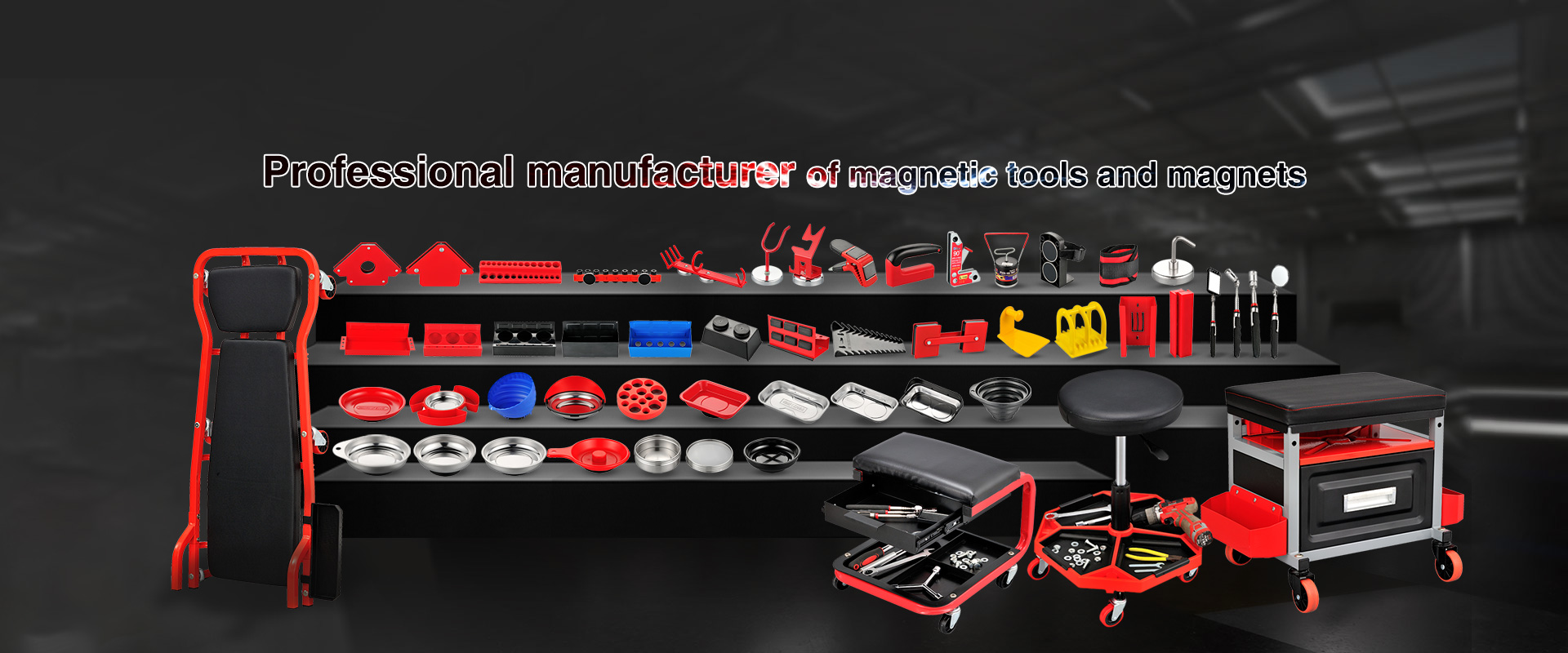Introduction to the various shapes of magnets and their uses
Source: ZheJiang Xianfeng Magnetic Materials Co.,Ltd.Release time: 2023-03-01
Bar magnets
Magnets have their strength concentrated at the poles and weaker at the sides, they are the most common shapes used in everyday life, such as refrigerator magnets and compasses. Bar magnets are also commonly used in classroom demonstrations. For example, you can use a bar magnet to show a magnetic field by laying metal shavings on a piece of paper that hides the magnet.
Horseshoe Magnets
A horseshoe magnet is a bar magnet in the shape of a U. The U-shape makes the poles point in the same direction, thus making the magnet stronger. Originally used as a replacement for bar magnets, this shape has become the common symbol for magnets. Depending on the strength of the horseshoe magnet, it can be used to pick up metal objects of any size. For example, small horseshoe magnets can pick up paper clips, while industrial-sized horseshoe magnets are used in construction and engineering to pick up large pieces of heavy metal, and horseshoe magnets are also used at the base of pendulums.
Round Magnets
A circular magnet can increase its attraction by increasing its thickness and thus its attraction. The wide and flat surface of a circular magnet and the large pole area make it a strong and effective magnet. Depending on the size of the circle, this shape can be used for a variety of applications such as packaging handbags, personal experiments, electronics, smart homes, etc.
Spherical Magnets
Spherical magnets are often sold as toys and novelty items. Spherical magnets can create popular tabletop toys such as rattlesnake eggs, and the shape can also be used to make bracelets and necklaces.
Cylindrical Magnets
The height is greater than the diameter of a magnet, usually for radial magnetization, of course, can also be axial, depending on the actual needs of the customer, suitable for magnetic toys, Hall induction, vibrating mirror, medical equipment, etc.
Toroidal Magnets
Ring magnets are very widely used, usually used in scientific experiments, such as demonstration of magnetic repulsion, the magnetic ring through a wooden pole, when the same magnetic poles in contact with each other, they will not contact, as well as magnetic levitation, motors, electroacoustics, salvage, medical, etc., much more.
Sink hole magnets
That is, one or more countersunk holes are punched in the base of a round, square, pole, ring, or tile magnet to be used together with screws.
Tile/arc magnets
Tile magnets, also called curved magnets, bent magnets, are commonly used in various permanent magnet DC motors.
Shaped magnets
The above magnets are more common magnets, while shaped magnets are mainly used in special applications, such as magnetic connectors, some non-standard parts, common shaped magnets include small and large head magnets, T-shaped magnets, beveled magnets, semi-circular magnets, concave and convex magnets, slotted magnets, etc.


